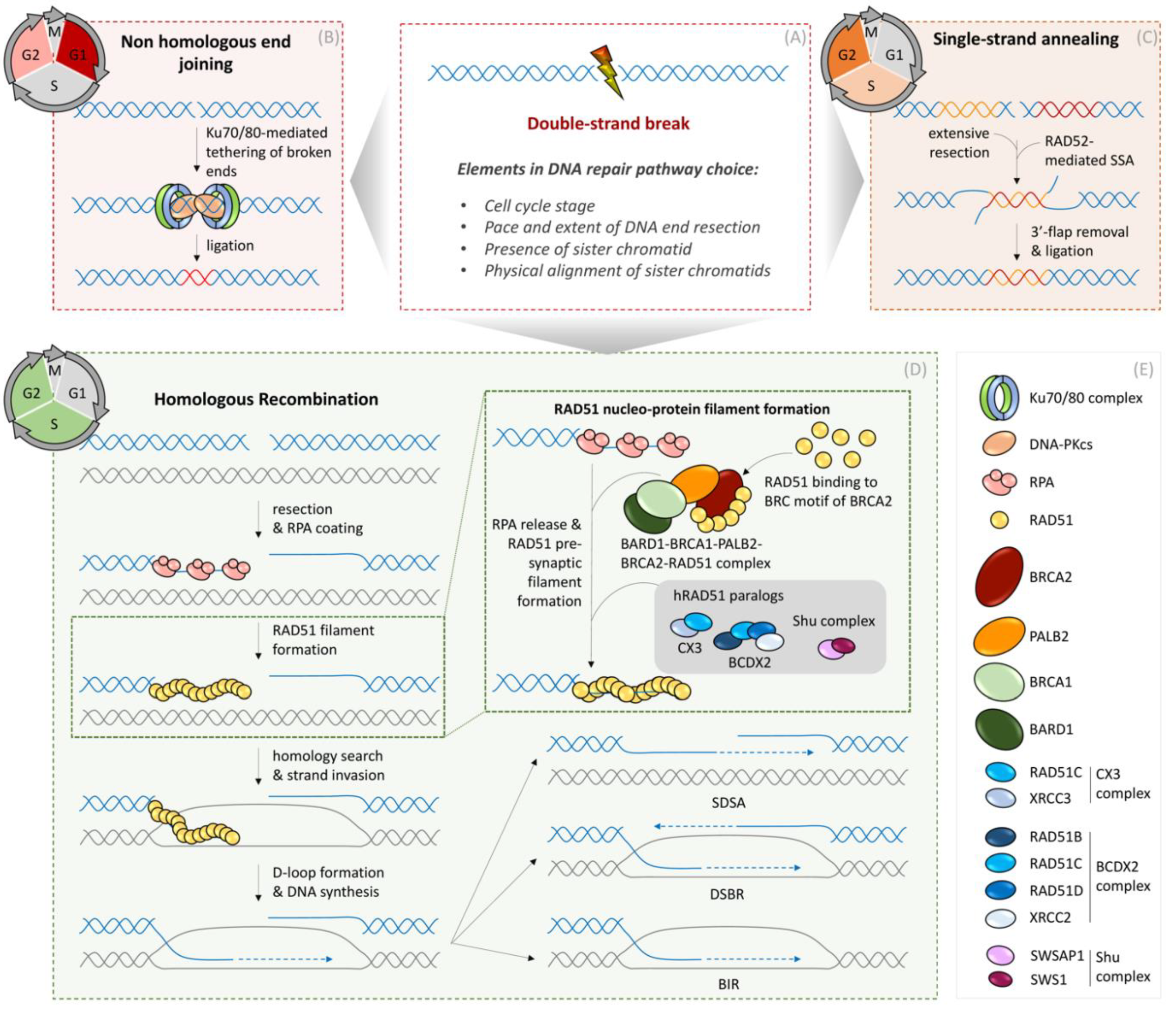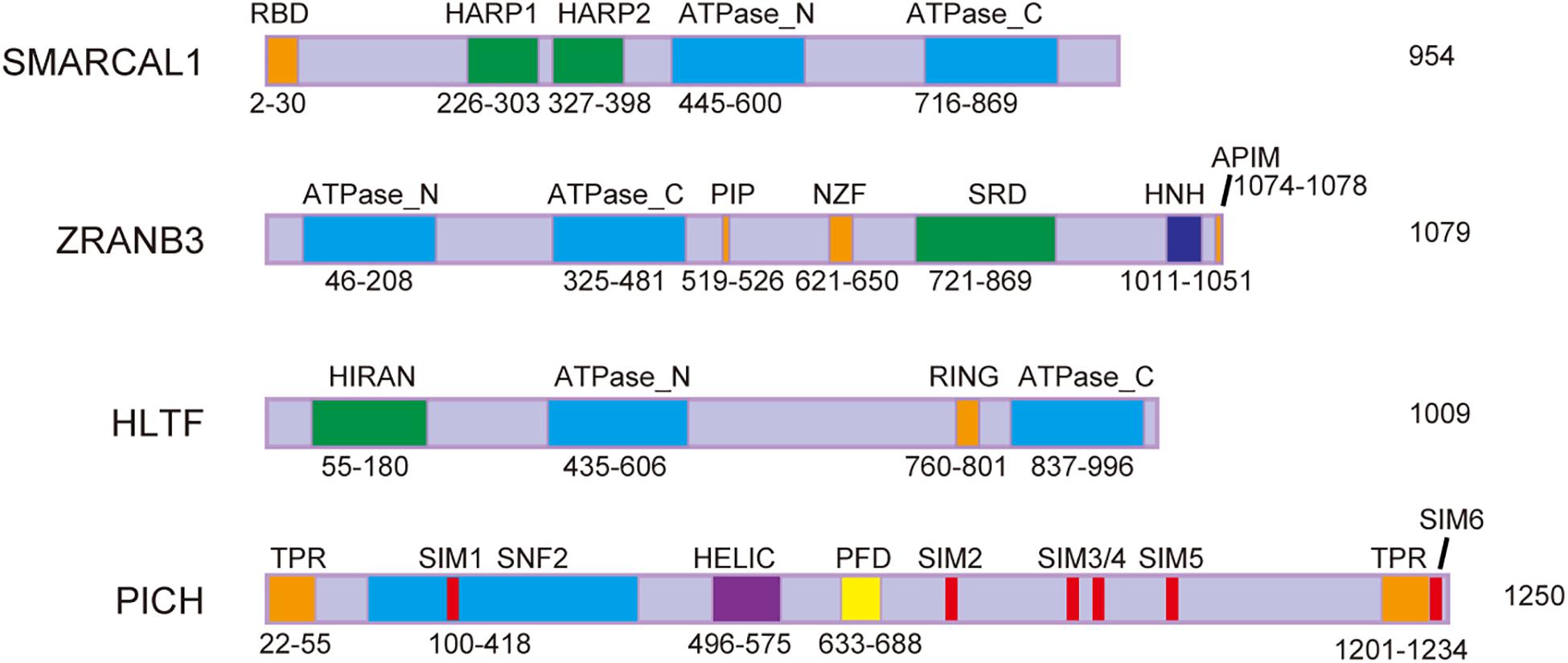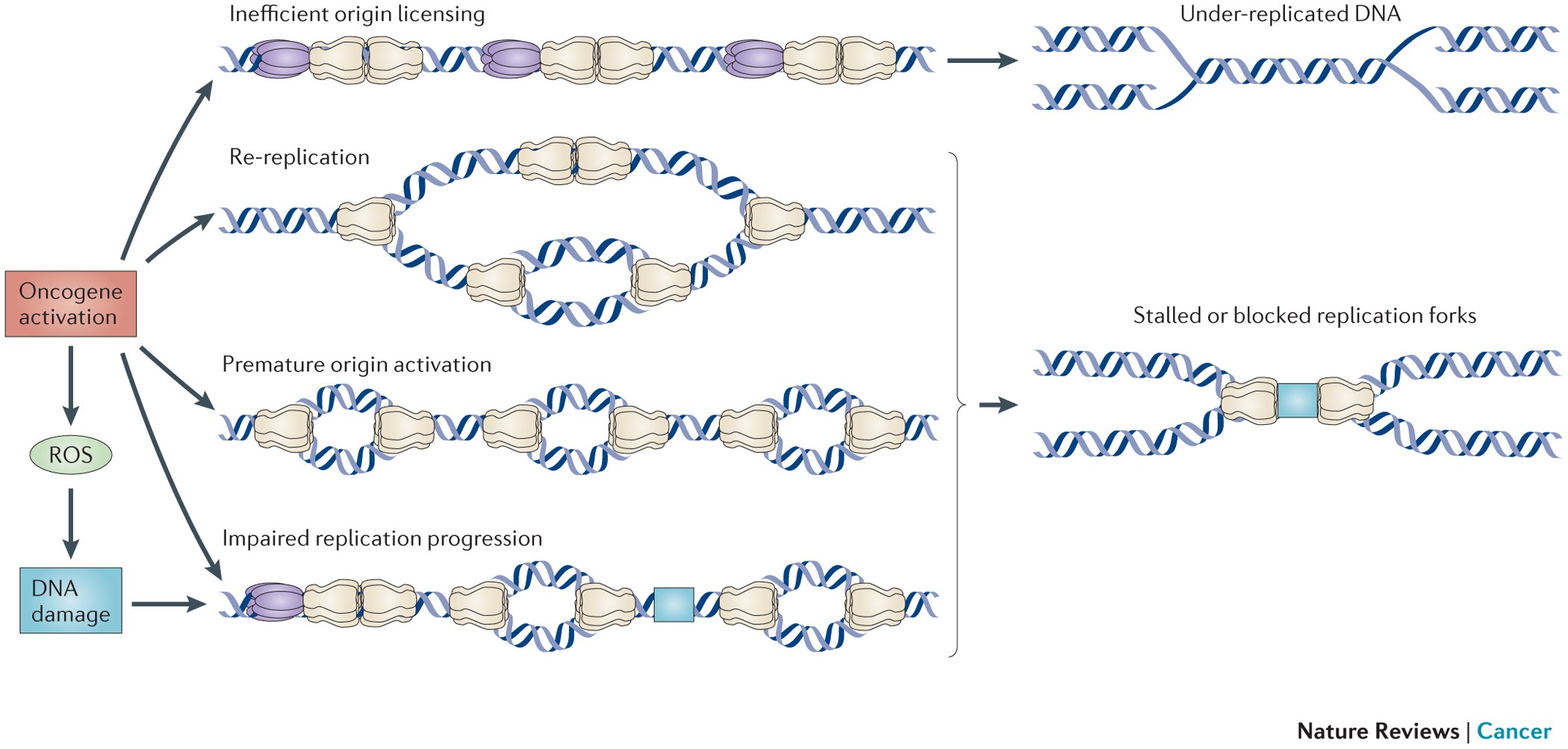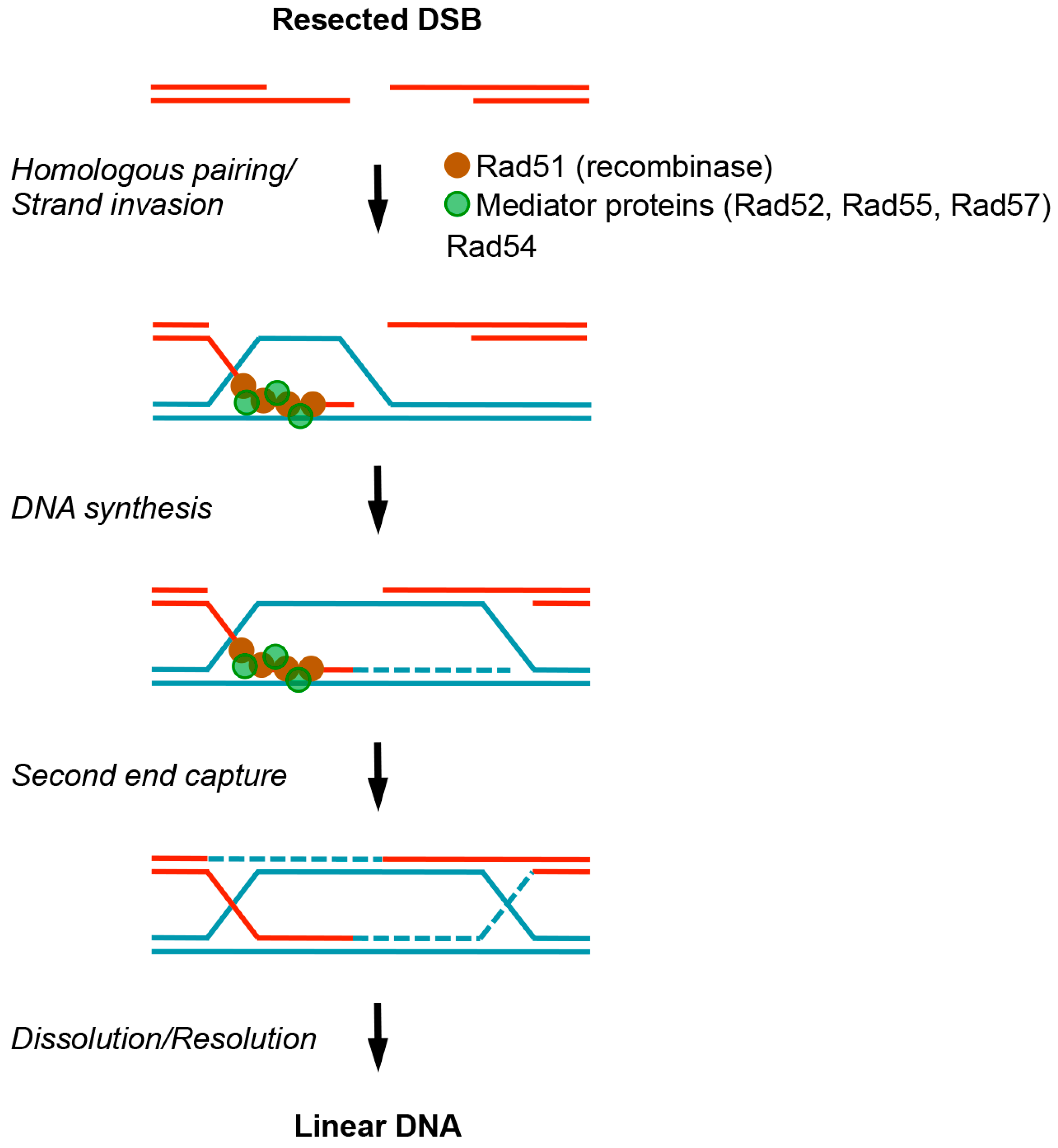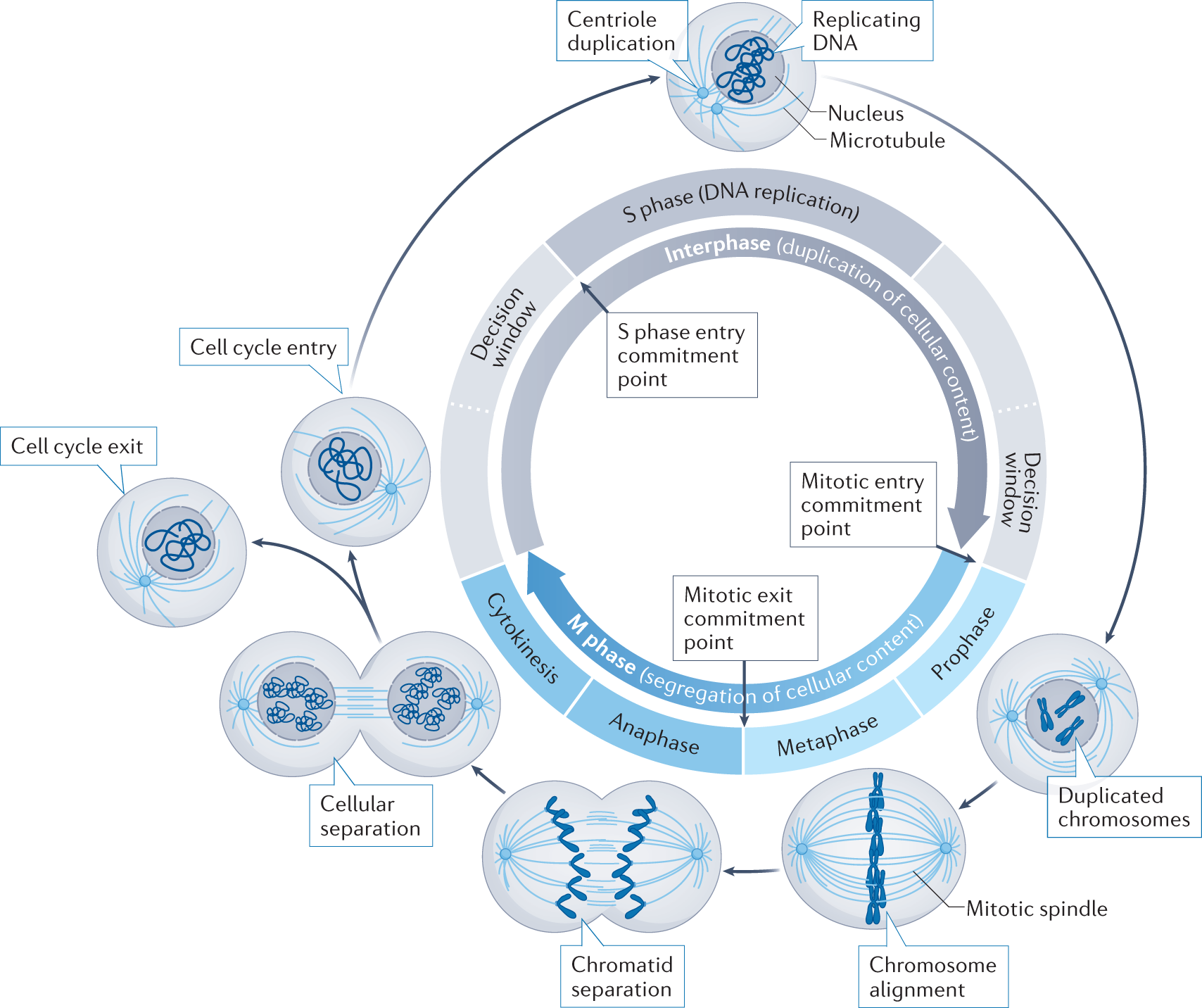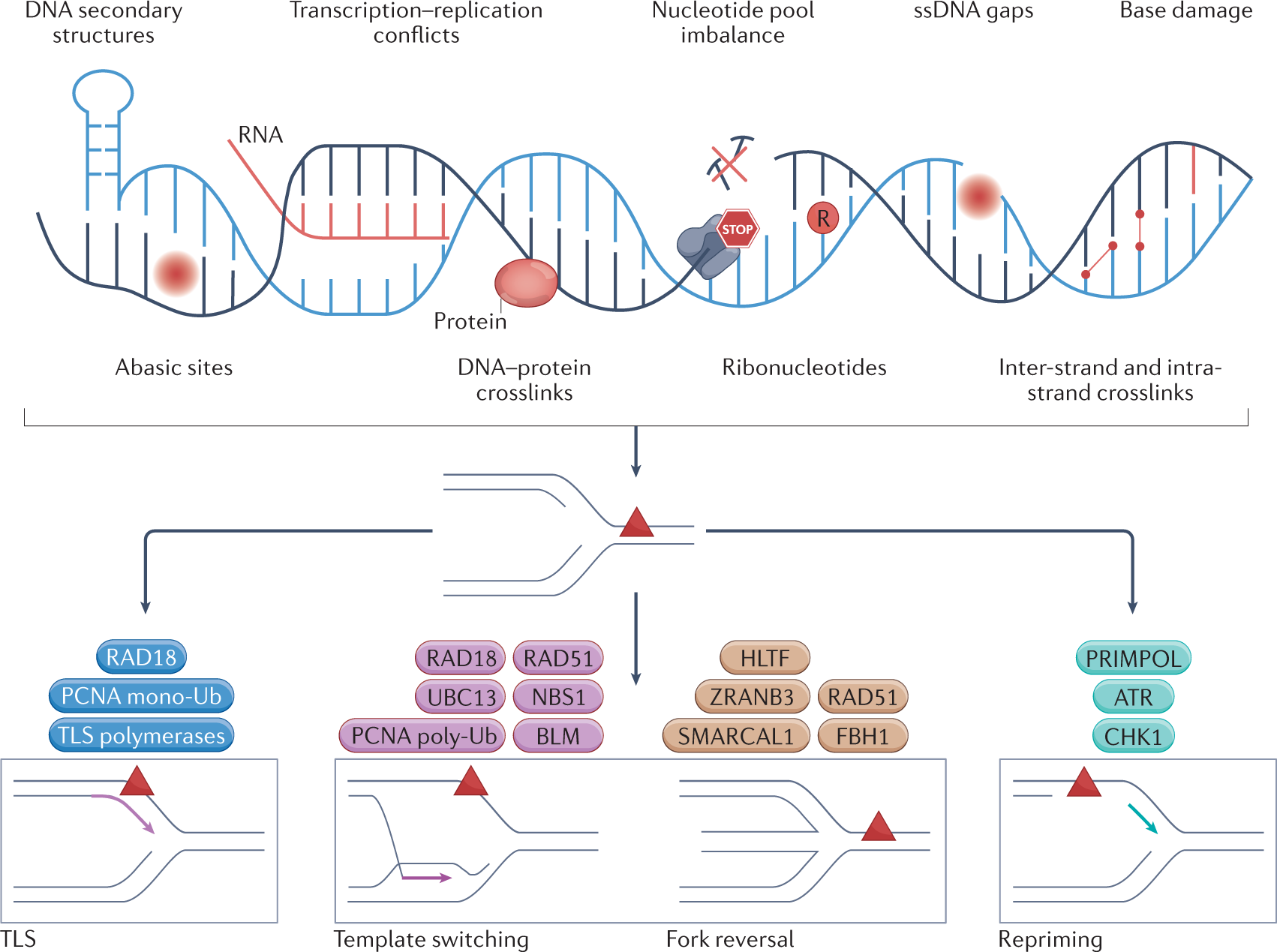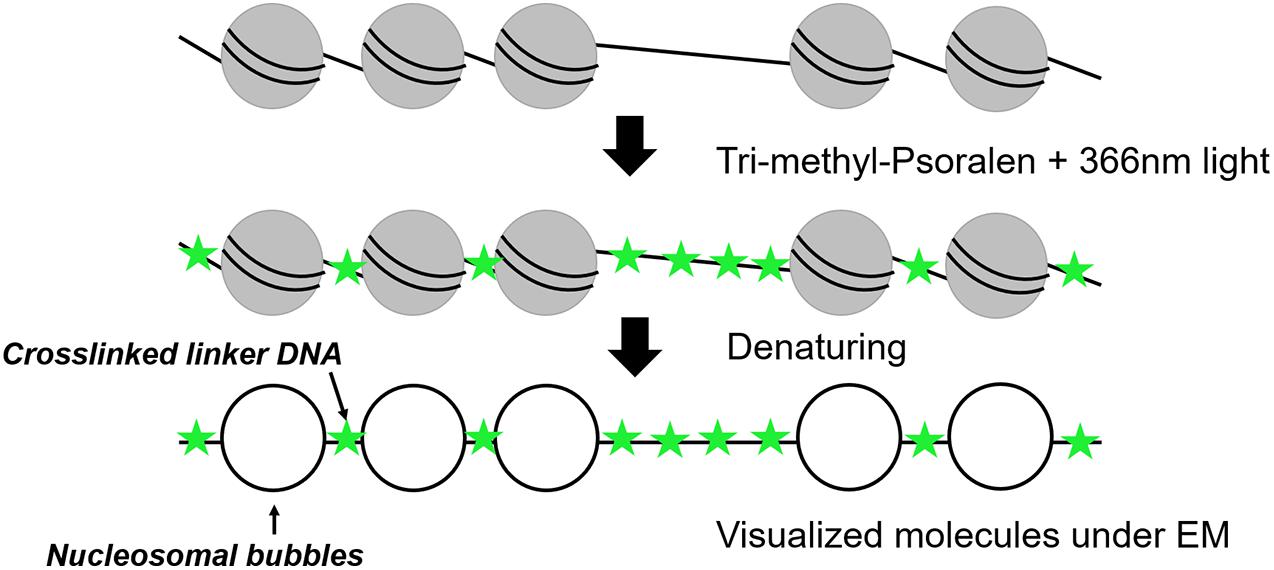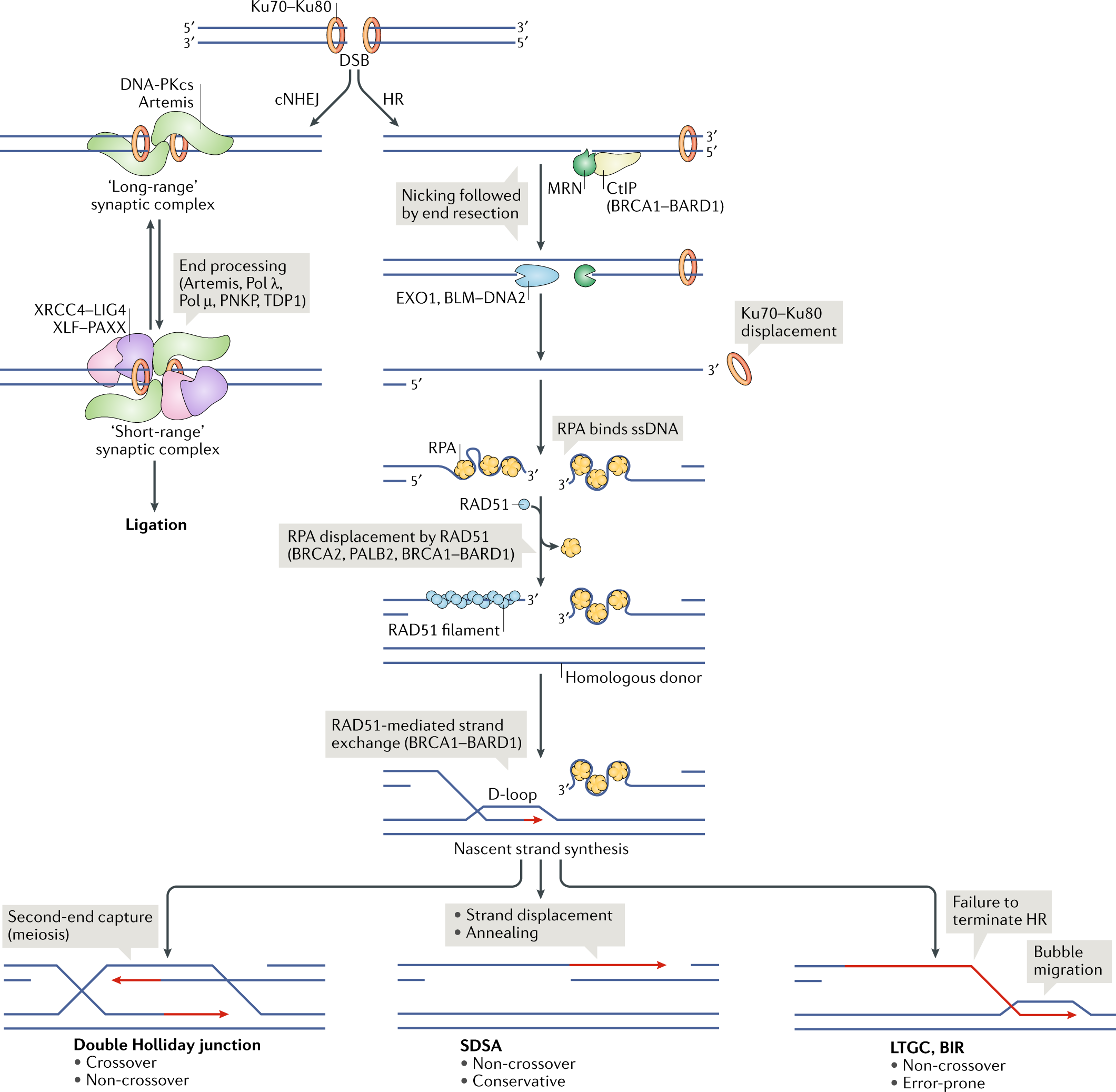
DNA double-strand break repair-pathway choice in somatic mammalian cells | Nature Reviews Molecular Cell Biology

Frontiers | UFL1, a UFMylation E3 ligase, plays a crucial role in multiple cellular stress responses
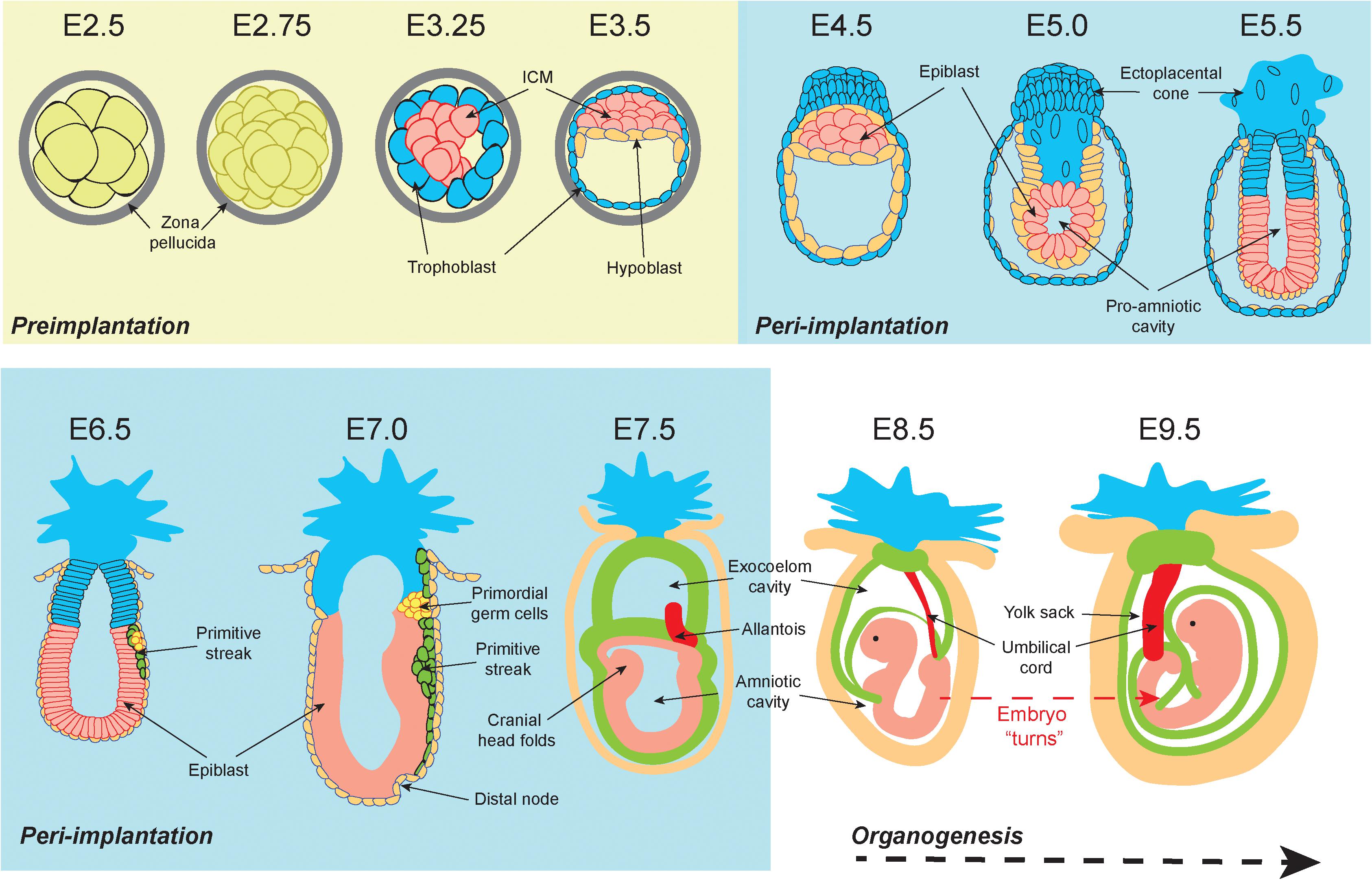
Frontiers | A Survey of Essential Genome Stability Genes Reveals That Replication Stress Mitigation Is Critical for Peri-Implantation Embryogenesis

Two replication fork remodeling pathways generate nuclease substrates for distinct fork protection factors | Science Advances

53BP1 Mediates ATR-Chk1 Signaling and Protects Replication Forks under Conditions of Replication Stress | Molecular and Cellular Biology
Full article: Building up and breaking down: mechanisms controlling recombination during replication
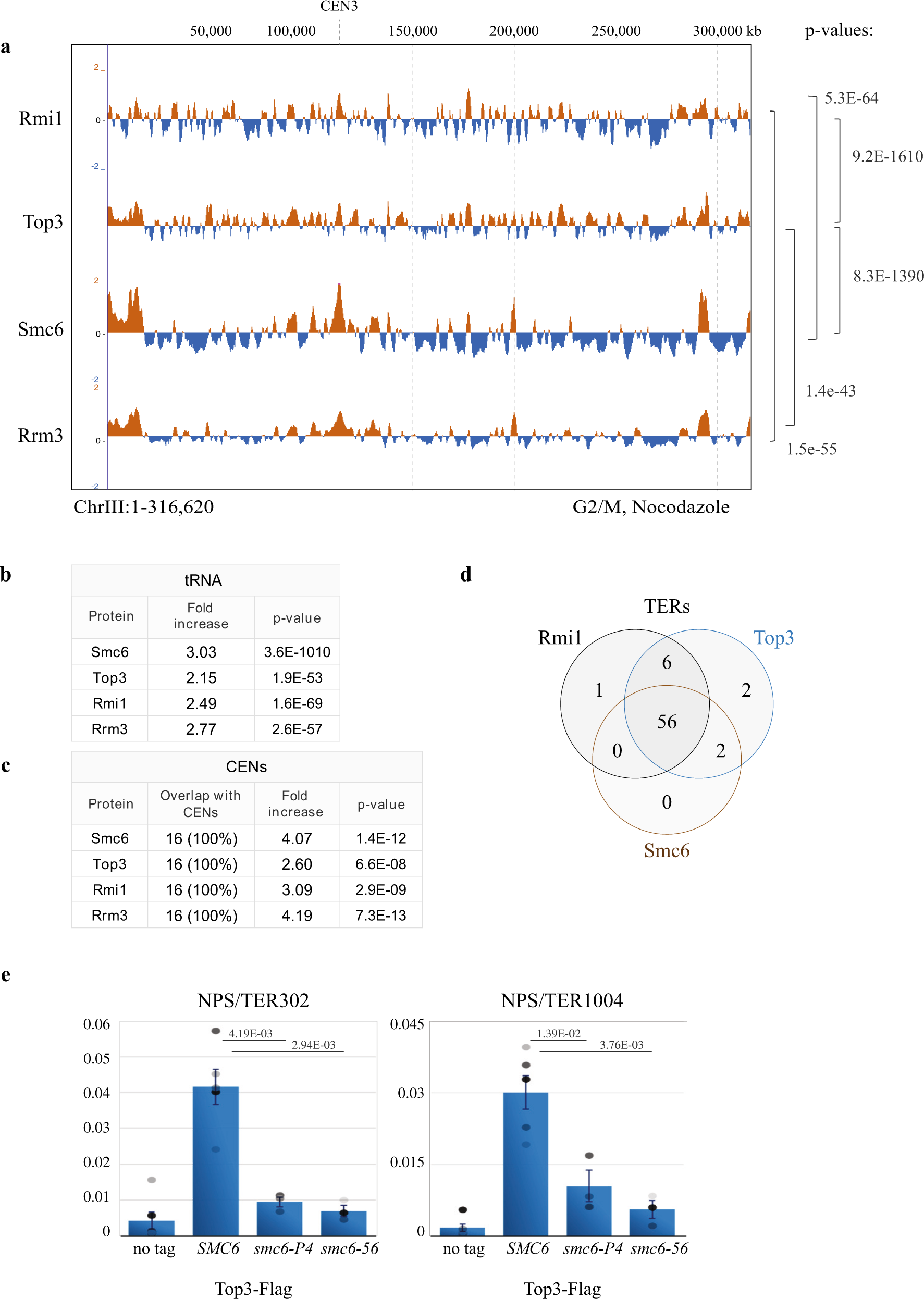
Smc5/6 functions with Sgs1-Top3-Rmi1 to complete chromosome replication at natural pause sites | Nature Communications
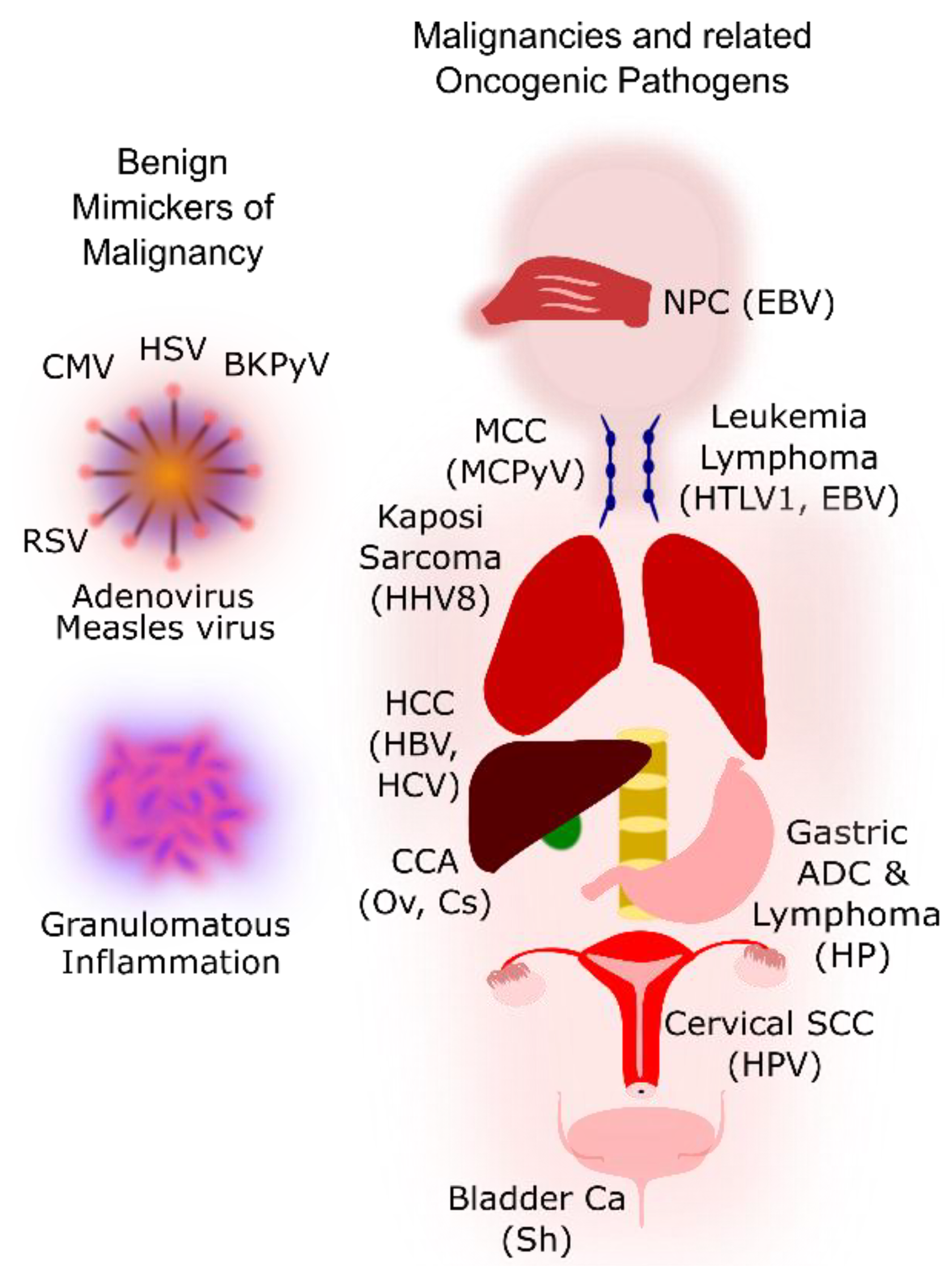
Pathogens | Free Full-Text | Tissue Pathogens and Cancers: A Review of Commonly Seen Manifestations in Histo- and Cytopathology
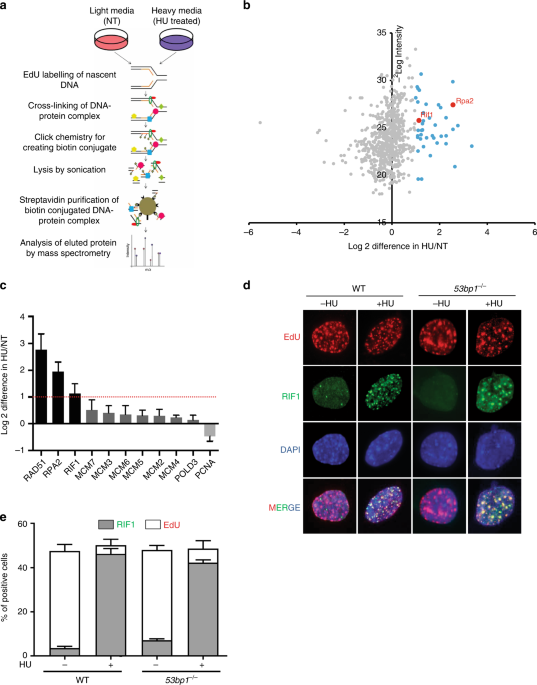
RIF1 promotes replication fork protection and efficient restart to maintain genome stability | Nature Communications
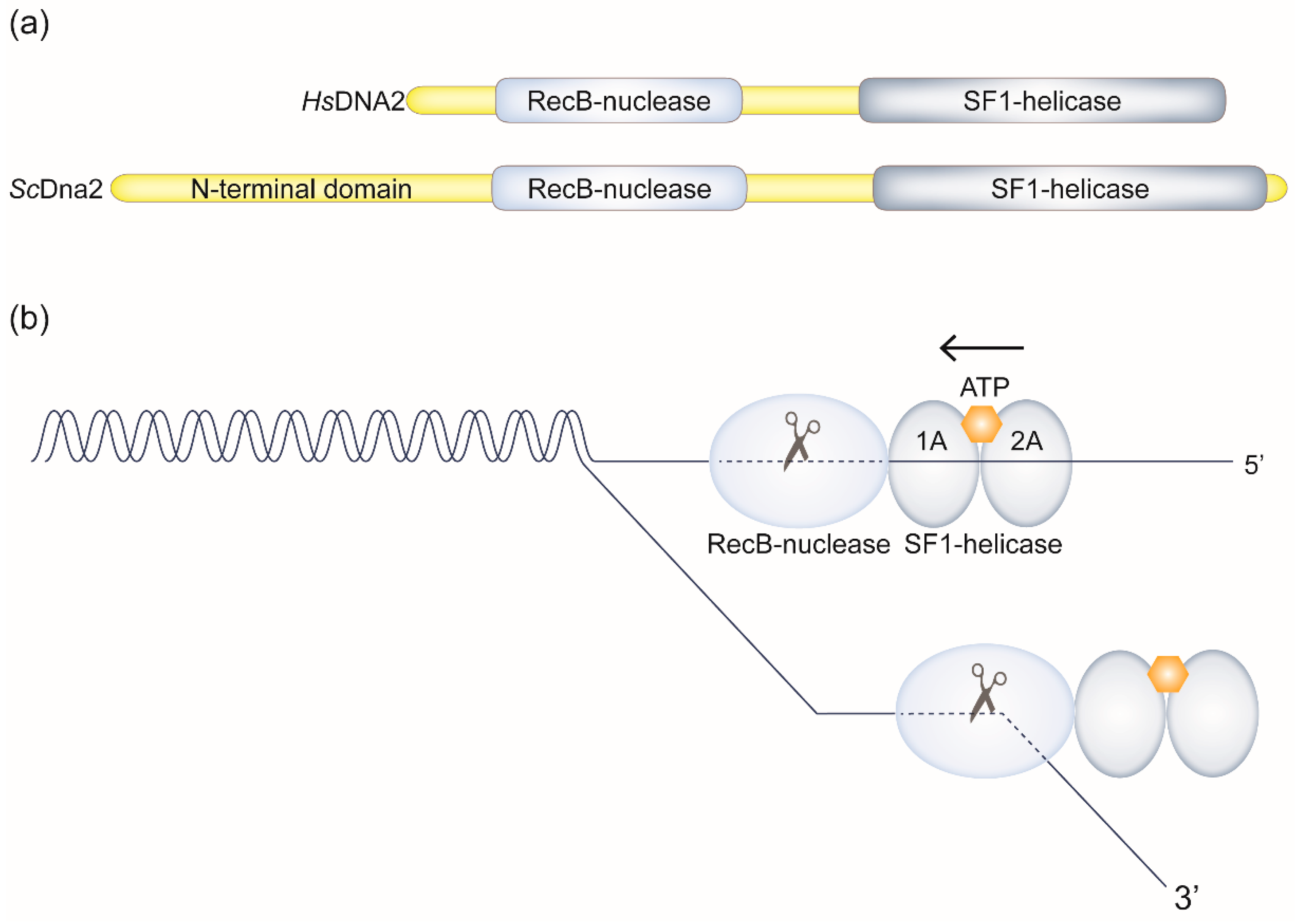
IJMS | Free Full-Text | DNA2 in Chromosome Stability and Cell Survival—Is It All about Replication Forks?
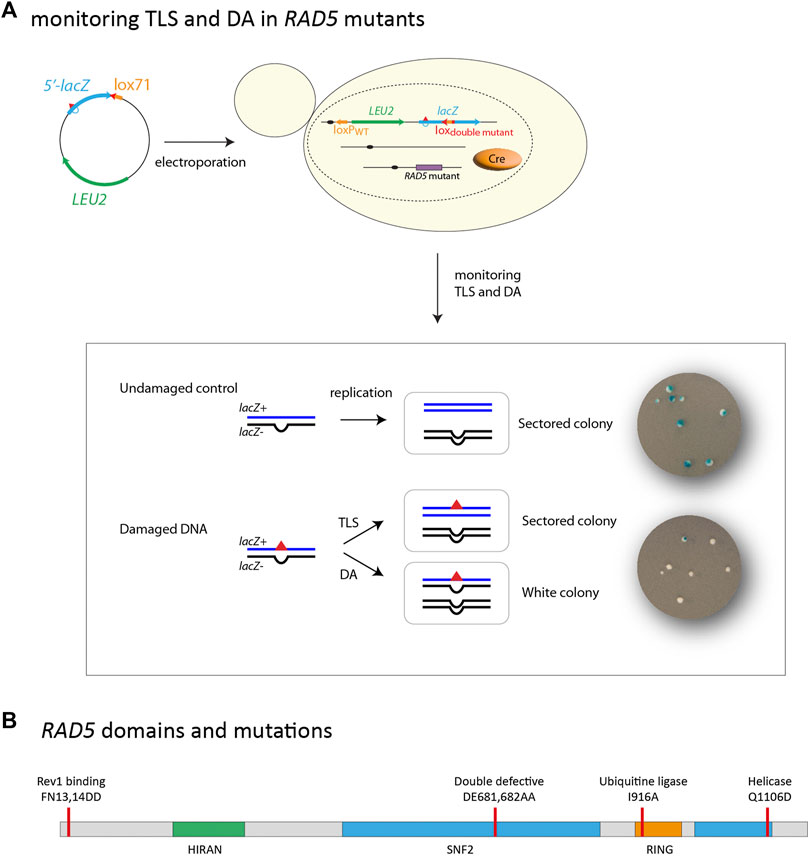
Frontiers | Rad5 participates in lesion bypass through its Rev1-binding and ubiquitin ligase domains, but not through its helicase function

Therapy resistance: opportunities created by adaptive responses to targeted therapies in cancer | Nature Reviews Cancer

MAD2L2 promotes replication fork protection and recovery in a shieldin-independent and REV3L-dependent manner | Nature Communications

Eukaryotic clamp loaders and unloaders in the maintenance of genome stability | Experimental & Molecular Medicine
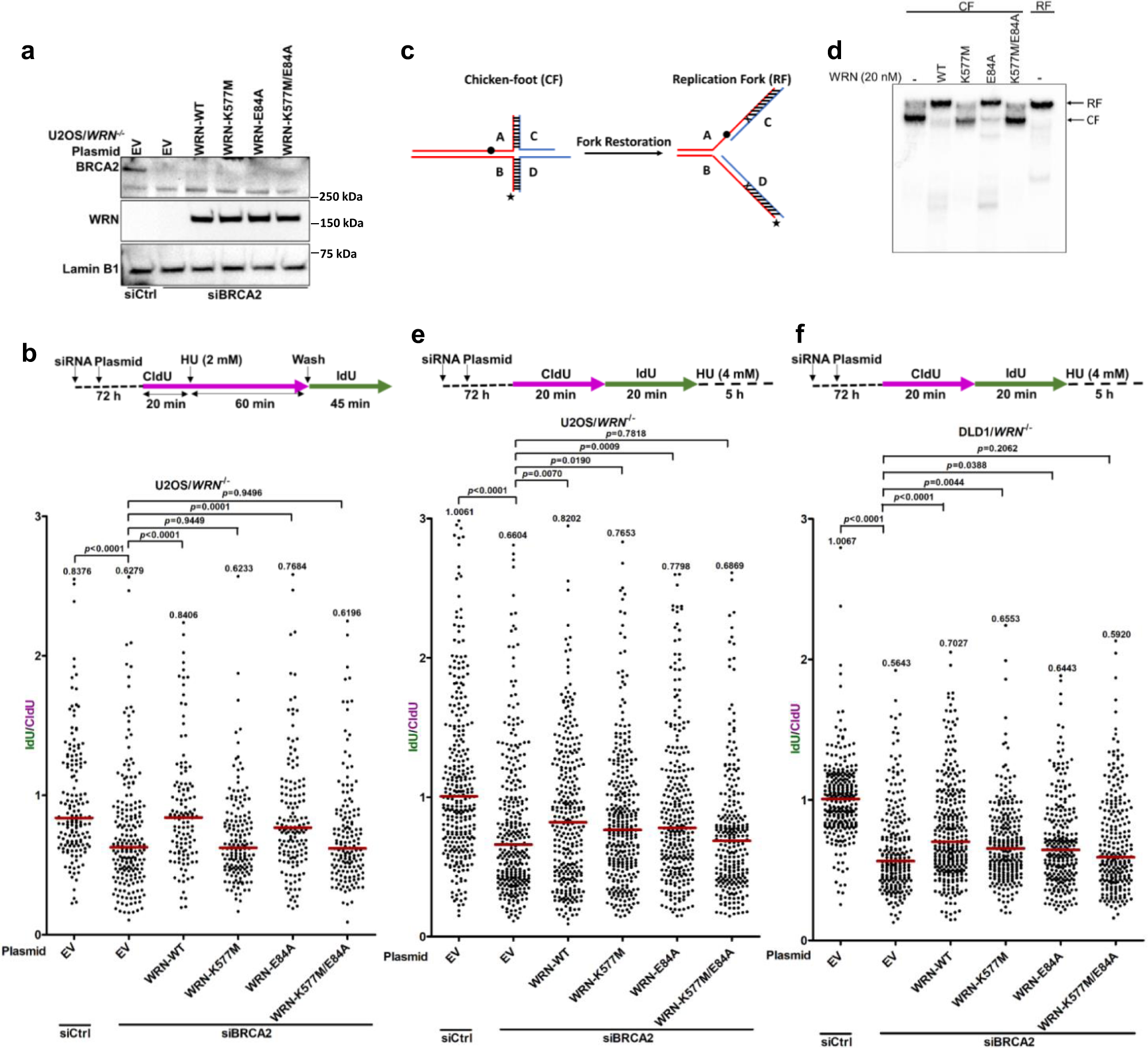
WRN helicase safeguards deprotected replication forks in BRCA2-mutated cancer cells | Nature Communications
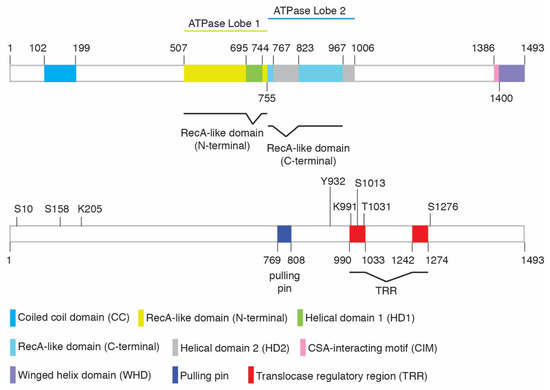
IJMS | Free Full-Text | Role of Cockayne Syndrome Group B Protein in Replication Stress: Implications for Cancer Therapy
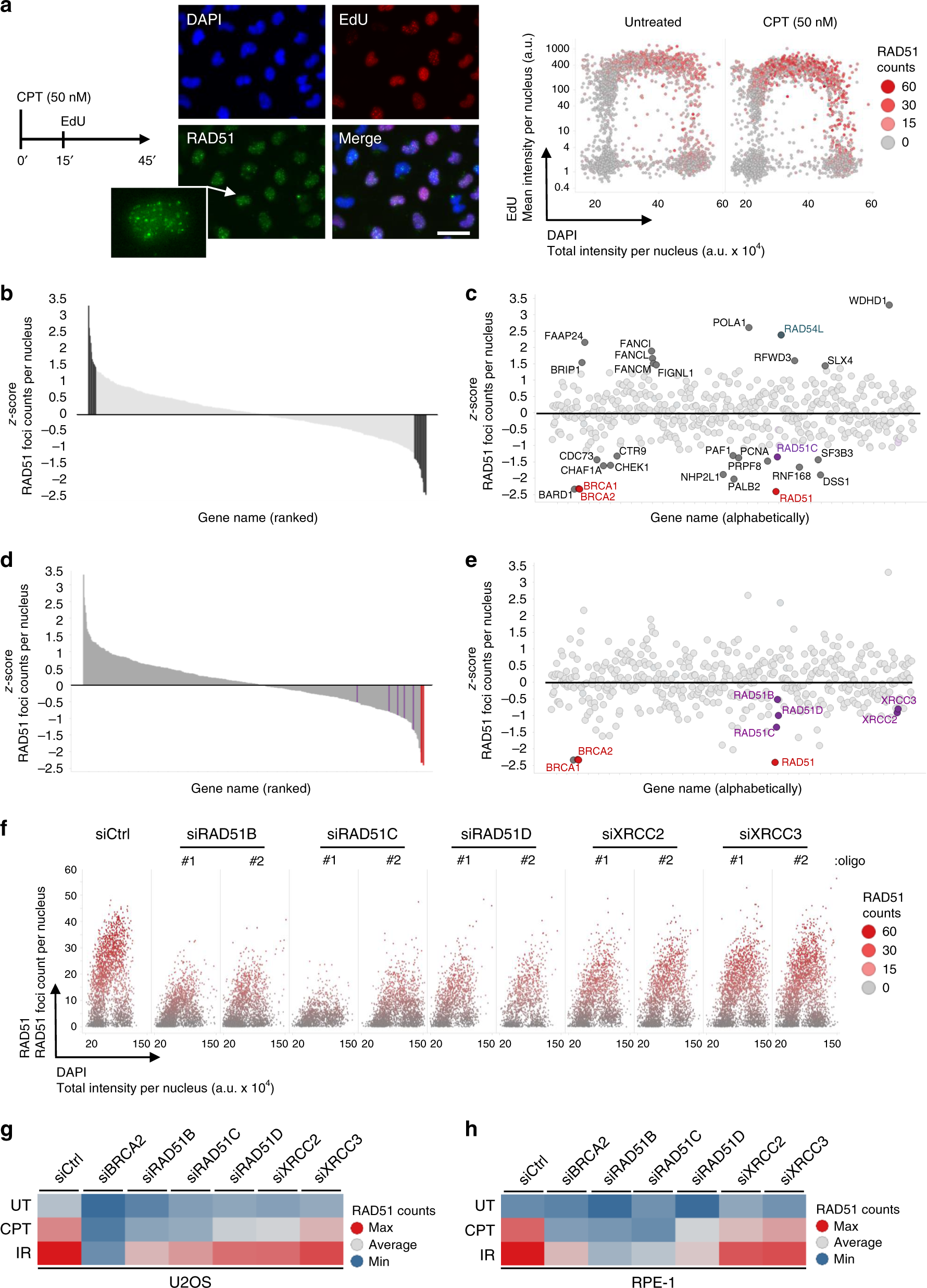
Sequential role of RAD51 paralog complexes in replication fork remodeling and restart | Nature Communications
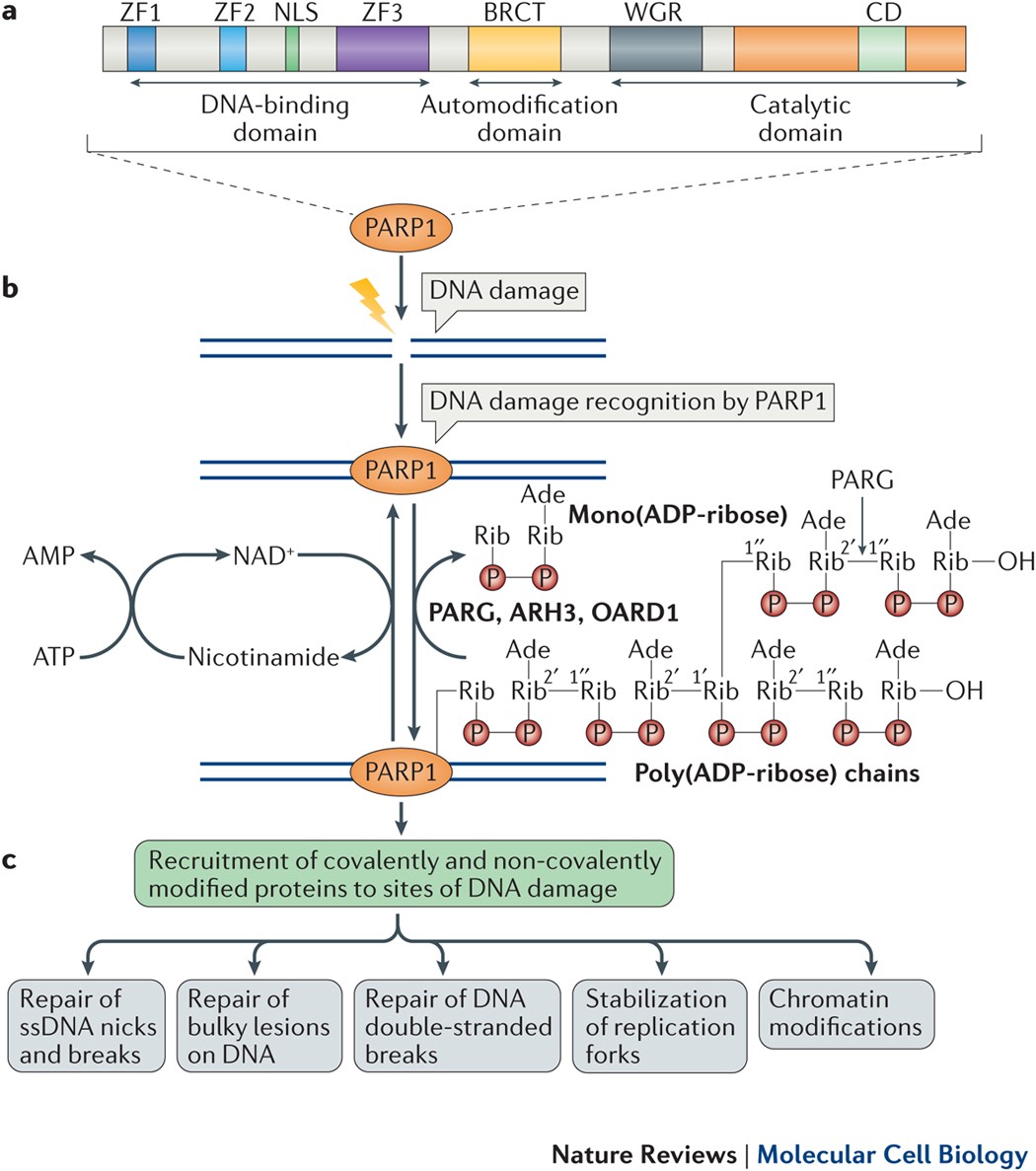
The multifaceted roles of PARP1 in DNA repair and chromatin remodelling | Nature Reviews Molecular Cell Biology
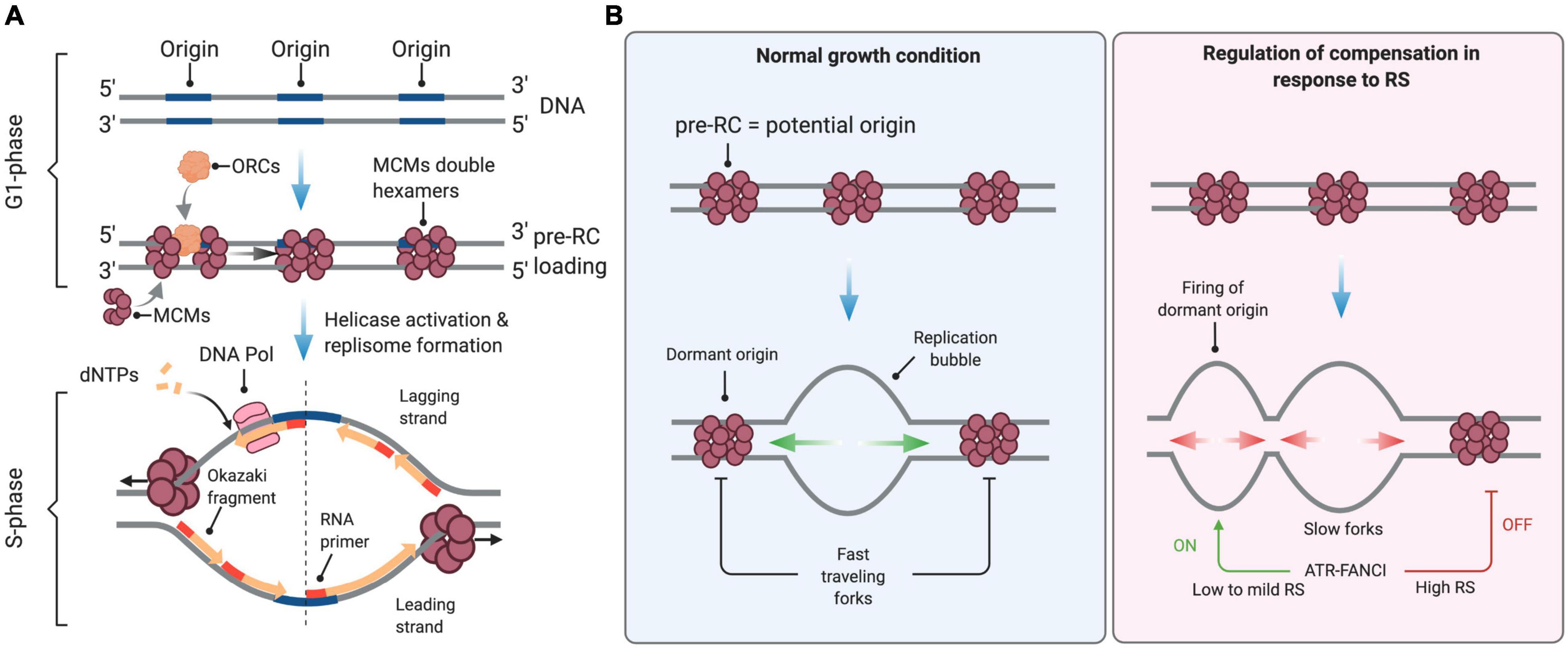
Frontiers | The Replication Stress Response on a Narrow Path Between Genomic Instability and Inflammation
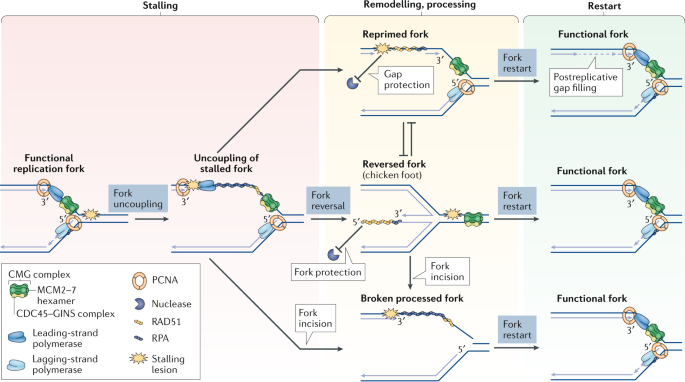
The plasticity of DNA replication forks in response to clinically relevant genotoxic stress | Nature Reviews Molecular Cell Biology
